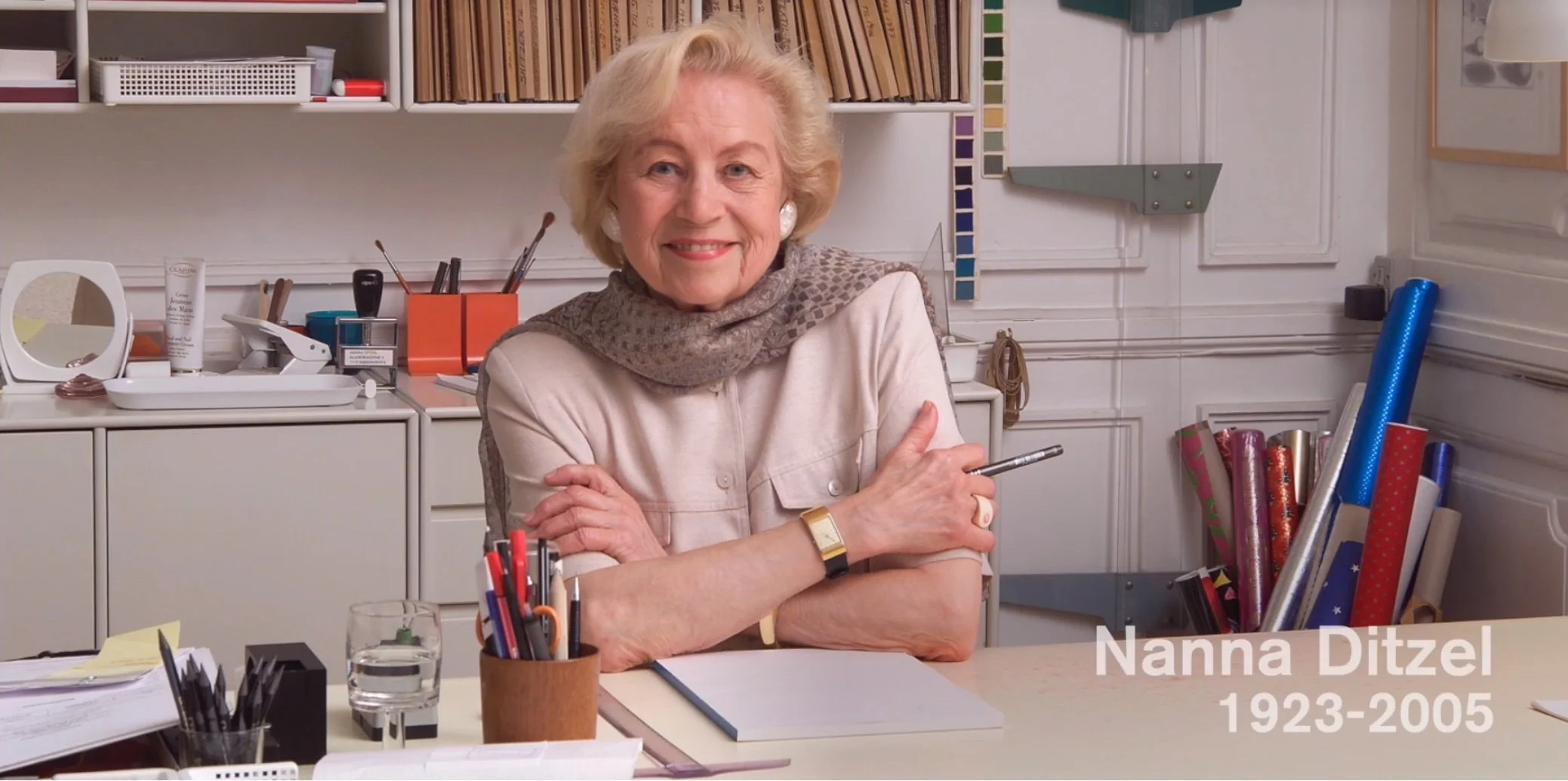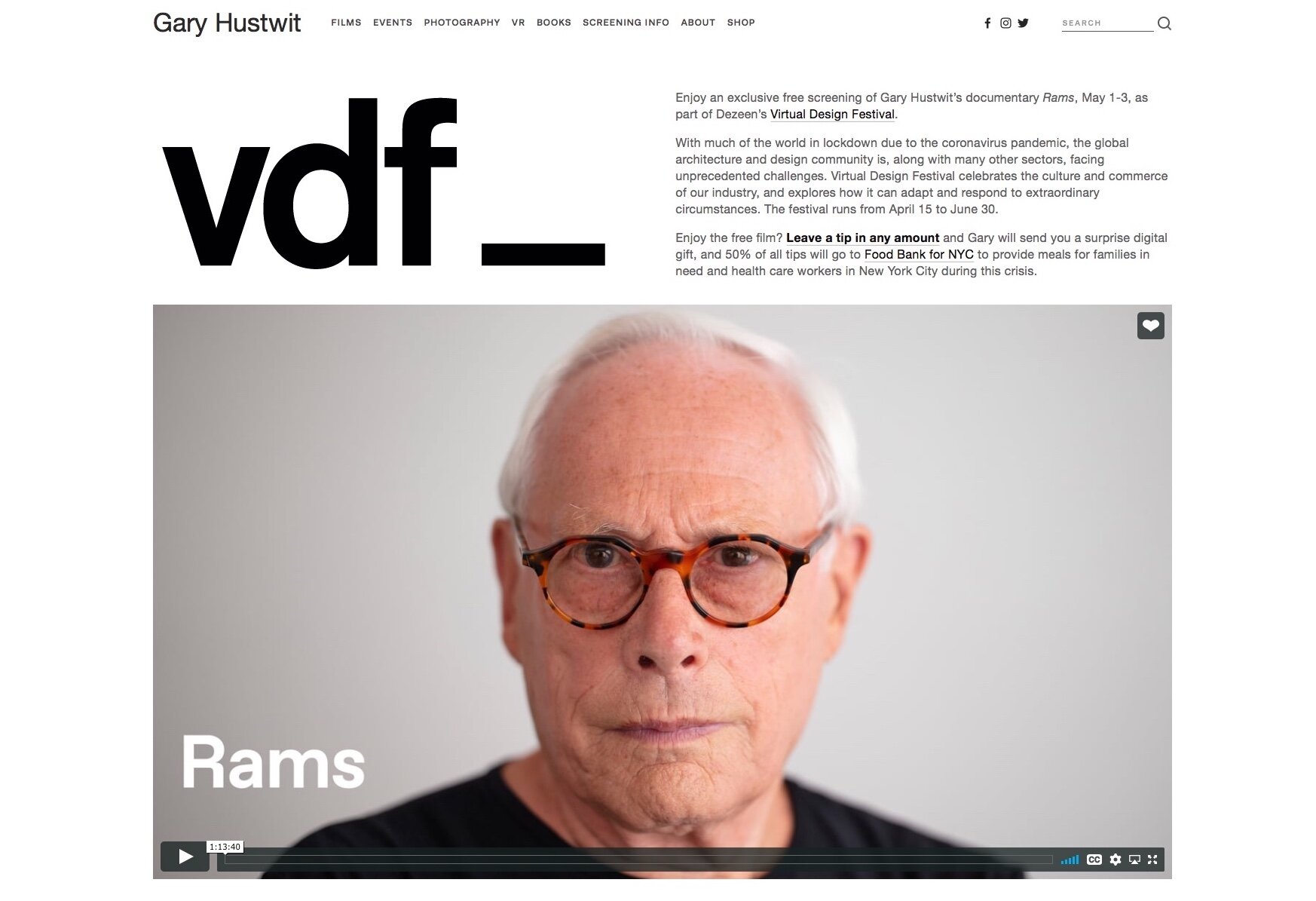Dezeen - the online design site - have posted an ambitious series of interviews and films as part of what they have called VDF … a Virtual Design Festival.
Over this weekend they have included, for free viewing, the film on Dieter Rams that was produced and directed by Gary Hustwit and released in 2018.
If you are interested in the history of design through the late 20th century then this is a fascinating account of the designer and the work by Rams as head of design for the German electronic manufacturer Braun but it looks also at the production of designs for furniture by Rams by Vitsoe.
If you look at modern so post-war design in Germany, the Netherlands, Switzerland and the Scandinavian countries, particularly Denmark, you can see how product design and furniture design in each country has elements in common although they are also different enough in character to be seen to have recognisably distinct styles.
In trying to understand these differences, as they emerged through the 1950s, it is crucial to see how designers in each country assimilated, and absorbed or, to some extent, rejected the theories of the Bauhaus.
Dieter Rams studied architecture in Frankfurt immediately after the war and his designs could not be Danish but he insists on the highest standards of production and focuses on honesty to materials that for the furniture requires high craft skills in the production of his designs - strong Danish qualities - and Niels Vitsoe, who in 1959 founded the company that now carries his name, was Danish.
Niels Wiesse Vitsoe was selling furniture when he met Rams through the Czechoslovakian designer Otto Zapf. Rams and Zapf were almost exact contemporaries - Zapf was born in 1931 and Dieter Rams in 1932 - but Vitsoe, born in 1913, was a generation older. Zapf and Vitsoe formed the company in Frankfurt, specifically to produce and market the furniture designed by Rams and with the agreement of Braun where Rams remained as head of design.
In 1969, Zapf left the partnership and struck out on his own as an independent and successful industrial designer and the Vitsoe company has been taken forward by Mark Adams who opened first a showroom for Vitsoe furniture in London in 1995 and then, in 2017, as shown in the film, a headquarters and workshops for Vitsoe in Leamington Spa to produce the furniture by Rams.
The film by Gary Hustwit is one of a series of profile films on design topics with impressively high production values … the score to this film was composed by Brian Eno. An earlier film was Helvetica - a documentary about typography and graphic design.
The films are available on line and some can be streamed free while the Covid-19 crisis continues.
Dezeen
Gary Hustwit












































